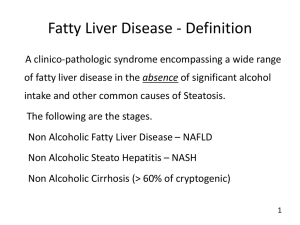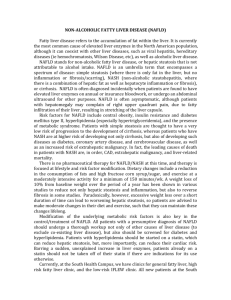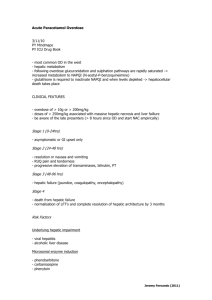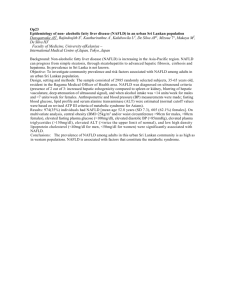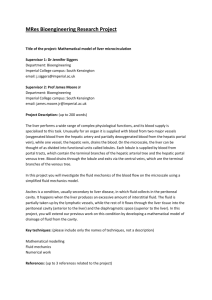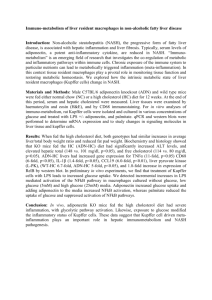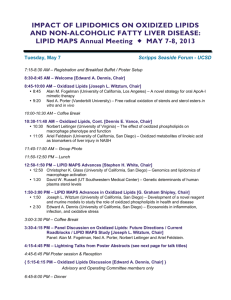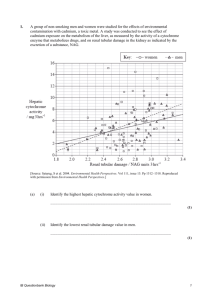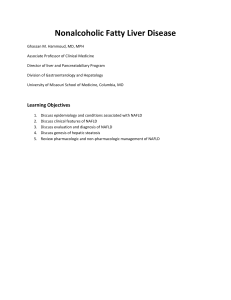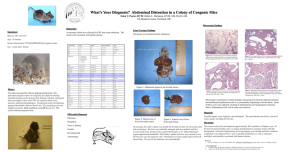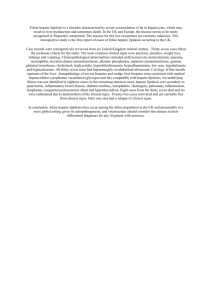Wangxiaohongabstract2015(1)
advertisement
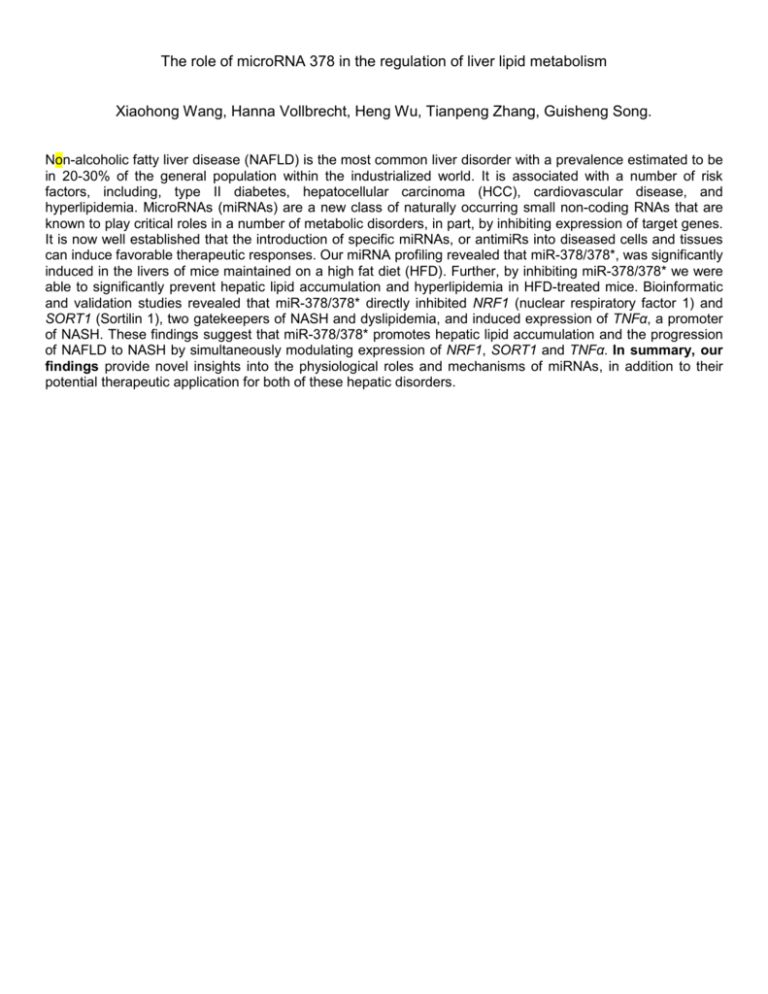
The role of microRNA 378 in the regulation of liver lipid metabolism Xiaohong Wang, Hanna Vollbrecht, Heng Wu, Tianpeng Zhang, Guisheng Song. Non-alcoholic fatty liver disease (NAFLD) is the most common liver disorder with a prevalence estimated to be in 20-30% of the general population within the industrialized world. It is associated with a number of risk factors, including, type II diabetes, hepatocellular carcinoma (HCC), cardiovascular disease, and hyperlipidemia. MicroRNAs (miRNAs) are a new class of naturally occurring small non-coding RNAs that are known to play critical roles in a number of metabolic disorders, in part, by inhibiting expression of target genes. It is now well established that the introduction of specific miRNAs, or antimiRs into diseased cells and tissues can induce favorable therapeutic responses. Our miRNA profiling revealed that miR-378/378*, was significantly induced in the livers of mice maintained on a high fat diet (HFD). Further, by inhibiting miR-378/378* we were able to significantly prevent hepatic lipid accumulation and hyperlipidemia in HFD-treated mice. Bioinformatic and validation studies revealed that miR-378/378* directly inhibited NRF1 (nuclear respiratory factor 1) and SORT1 (Sortilin 1), two gatekeepers of NASH and dyslipidemia, and induced expression of TNFα, a promoter of NASH. These findings suggest that miR-378/378* promotes hepatic lipid accumulation and the progression of NAFLD to NASH by simultaneously modulating expression of NRF1, SORT1 and TNFα. In summary, our findings provide novel insights into the physiological roles and mechanisms of miRNAs, in addition to their potential therapeutic application for both of these hepatic disorders.
